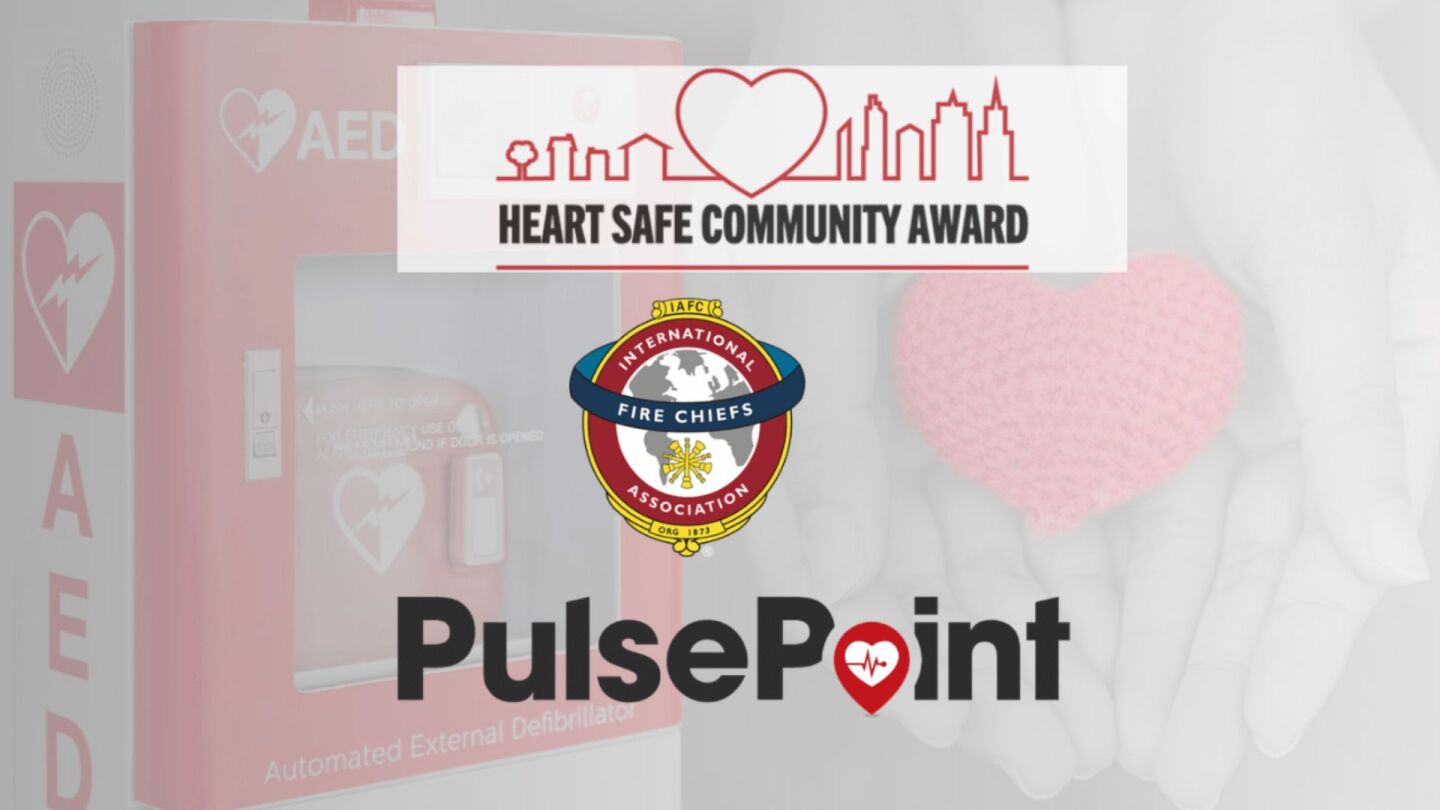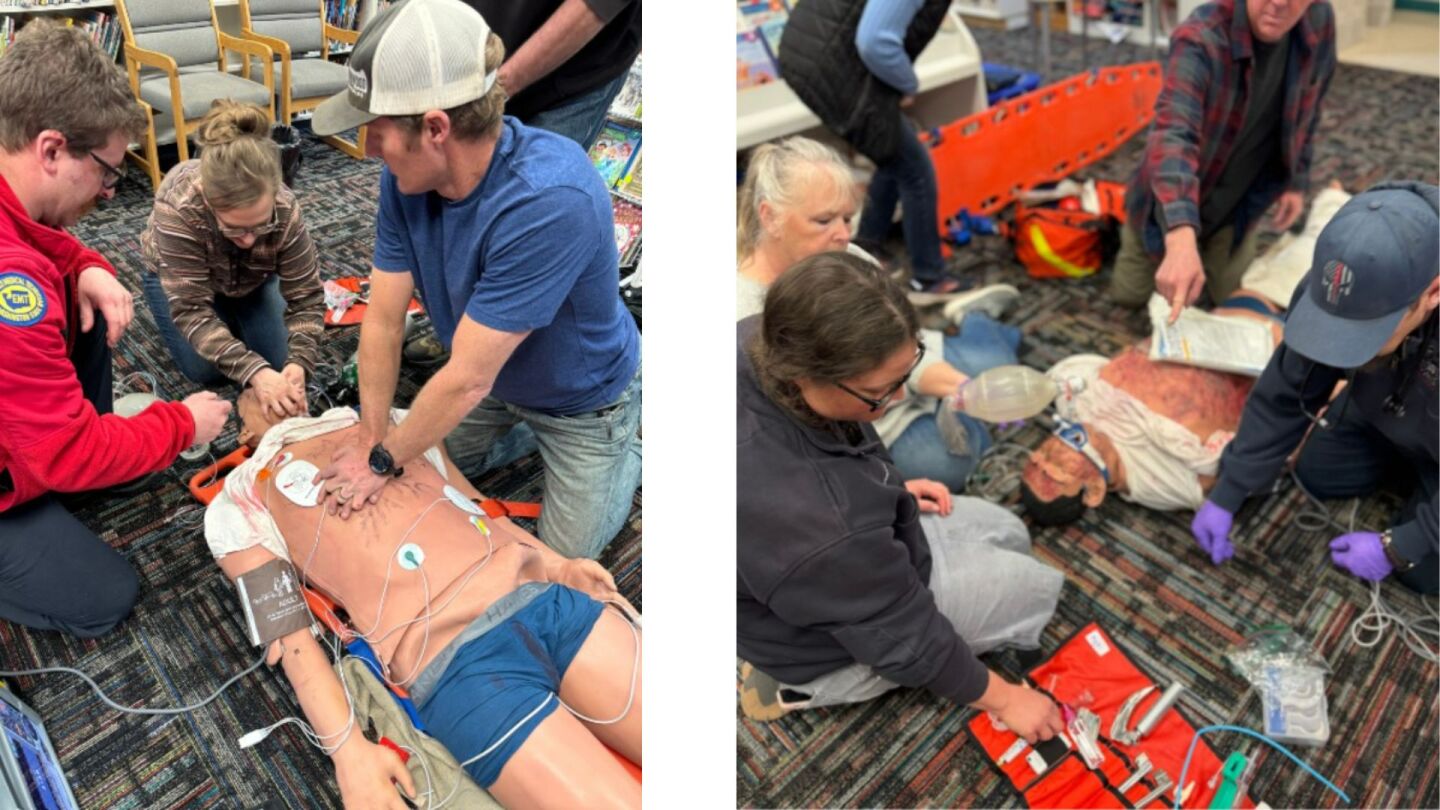Technology
The technology topic will keep you up to speed on new EMS technologies including improved emergency communications and high-tech EMS technologies.
From chronic burnout and staffing gaps to a lack of meaningful leadership engagement, personnel are sounding the alarm — and offering a roadmap for change
Score discounted duty gear, workout tools and everyday essentials July 8-11 with our curated list of budget-friendly buys
COO Danielle Thomas shares how an AI app is slashing cognitive overload, boosting crew confidence, and redefining onboarding
Nearly 60% of leaders cited documentation as a critical concern impacting billing, compliance and patient care, according to a report by the PWW Advisory Group and AIMHI
San Bernardino County fire officials tested a lightweight, battery-powered aircraft that could speed up emergency response in remote areas at a lower cost than helicopters
After an EF-3 tornado struck St. Louis in May 2025, Missouri Task Force 1 deployed advanced drone technology to assist with search and rescue, assess damage, and support real-time decision-making
Emergency response requires increased focus; this is a balancing act when approaching a scene with numerous factors in play
A drone can be a tremendous tool for managing risks while units are en route to calls for service
Celebrate EMS Week, holidays, graduations, promotions and more with these gifts medics will love
The Baltimore Fire Department will use AI and geofencing to manage 911 calls during Artscape, easing pressure on citywide dispatch
Join Mike Taigman, Chris Carlson and Daniel Brown to explore how data-driven decisions, BLS units, telehealth and nurse advice lines can reshape emergency services — without risking lives
Chief Richard Price, founder of the PulsePoint app and a 33-year fire service veteran, has been honored for his national impact on non-clinical EMS innovation
Through realistic, high-intensity training, Simulation in Motion–Montana equips EMTs and paramedics with hands-on skills to improve emergency care
Drone814, a new initiative in Greater Johnstown, will begin testing aerial delivery of defibrillators, EpiPens and other supplies to evaluate response times and potential healthcare cost savings
If you didn’t have the opportunity to walk the exhibit hall floor at Lucas Oil Stadium, check out these top products and apparatus from the conference
Mountwest Community & Technical College is enhancing its EMS training with interactive patient simulations
From AI-powered seizure detection to LogRx’s medication monitoring tech, four California entrepreneurs vie for a $10,000 prize and in-game recognition
AI is not a silver bullet, but when used wisely — and led by values-driven professionals — it can be a powerful ally in advancing service, safety and equity
Missouri lawmakers are weighing a ban on Chinese-made drones, but the move faces the high cost of American alternatives—often 10 times more expensive
Save up to 40% off on Nest, Coleman, DEWALT, CRAFTSMAN, Contigo, Ninja, Cuisinart & more
OMI President Felix Marquez shares how VR training is helping rural Florida EMS agencies maintain critical pediatric emergency skills
Hit your fitness goals without breaking the bank
From autonomous drone resupply to real-time battlefield blood transfusions, the Michigan National Guard exercise pushes the boundaries of front-line medical innovation
How AI-driven platforms are revolutionizing public safety messaging and disaster preparedness
The Marine Corps Commandant discusses the evolving challenges in public safety, emphasizing training, decision-making and the impact of emerging technologies
Active911 has teamed up with PRYME to enhance emergency communications for first responders by enabling seamless communication between radios and cellphones during critical situations
Operative IQ’s Facilities Management solution provides a centralized platform for storing facility data, scheduling maintenance, and tracking inspections
The Drone as a First Responder Program in Bernalillo County will be utilized to safely assess emergency scenes and transmit critical information
The trucks will serve as battery banks to provide backup power and Wi-Fi through Starlink connectivity, aiding residents impacted by outages caused by the Eaton Fire
MOST POPULAR
- From info overload to instant clarity: Lifeline EMS puts AI to work
- Mo. first responders object to bill aiming to ban Chinese-made drones
- Microsoft outages affecting dispatch centers across the country
- Virginia Beach EMS deploys field ultrasounds to improve patient care
- Essential components of a tactical medical kit: What every responder should know































